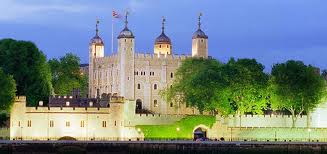 The Tower of London is the oldest city construction which could witness the legions of Romans and Saxons. Its founder is considered to be Wilhelm I (Duke of Normandy, William the Conqueror). Having conquered England he began erecting defenses and the Tower of London became the largest of them. The great construction was started to be built from the White Tower - the heart of all the structure. The White Tower represents a quadrangle 32 meters wide and 36 meters long. Its height is about 30 meters. The building was finished in 1100. In the times of Richard the Lionheart the Tower was extended by some more towers and walls. Under his rule it was also surrounded by the moat. more »
The Tower of London is the oldest city construction which could witness the legions of Romans and Saxons. Its founder is considered to be Wilhelm I (Duke of Normandy, William the Conqueror). Having conquered England he began erecting defenses and the Tower of London became the largest of them. The great construction was started to be built from the White Tower - the heart of all the structure. The White Tower represents a quadrangle 32 meters wide and 36 meters long. Its height is about 30 meters. The building was finished in 1100. In the times of Richard the Lionheart the Tower was extended by some more towers and walls. Under his rule it was also surrounded by the moat. more »
Tag-Archive for » разговорные темы «
Westminster Abbey is rightfully considered to be one of the main sights of London. The history of Westminster began in 1065 when Edward the Confessor founded Benedectine Abbey at the place of the church which had existed there. Westminster Abbey had been acquiring its present appearance since the XIII century, in the times of Henry III, its construction was over only in the XVI century.
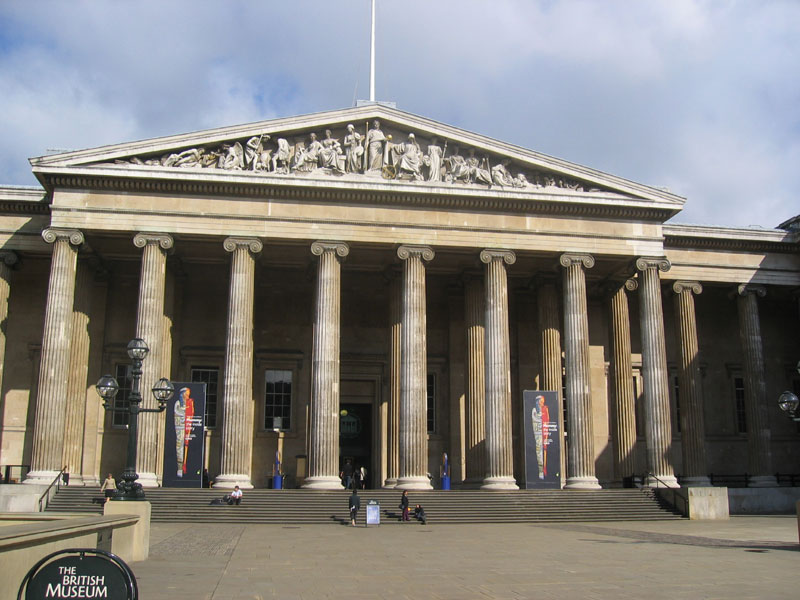 The British National Museum is justly considered to be the pride of London. It is a unique treasury keeping the enormous experience of the civilization and having about seven million of exhibits. The history of the British Museum dates back to far 1753. While the first visitor stepped under the museum vaults on the 15th of September 1759. As it often happens, the museum owes its existence to the generosity of patrons. Only three persons managed to make such a foundation which allowed the museum to rise this high. The richest collections of Hans Sloane, the famous library of Robert Cotton, the unique manuscripts of Robert Harley – these all became first exhibits of the museum and foredoomed its further destiny, the destiny of the universal museum. more »
The British National Museum is justly considered to be the pride of London. It is a unique treasury keeping the enormous experience of the civilization and having about seven million of exhibits. The history of the British Museum dates back to far 1753. While the first visitor stepped under the museum vaults on the 15th of September 1759. As it often happens, the museum owes its existence to the generosity of patrons. Only three persons managed to make such a foundation which allowed the museum to rise this high. The richest collections of Hans Sloane, the famous library of Robert Cotton, the unique manuscripts of Robert Harley – these all became first exhibits of the museum and foredoomed its further destiny, the destiny of the universal museum. more »
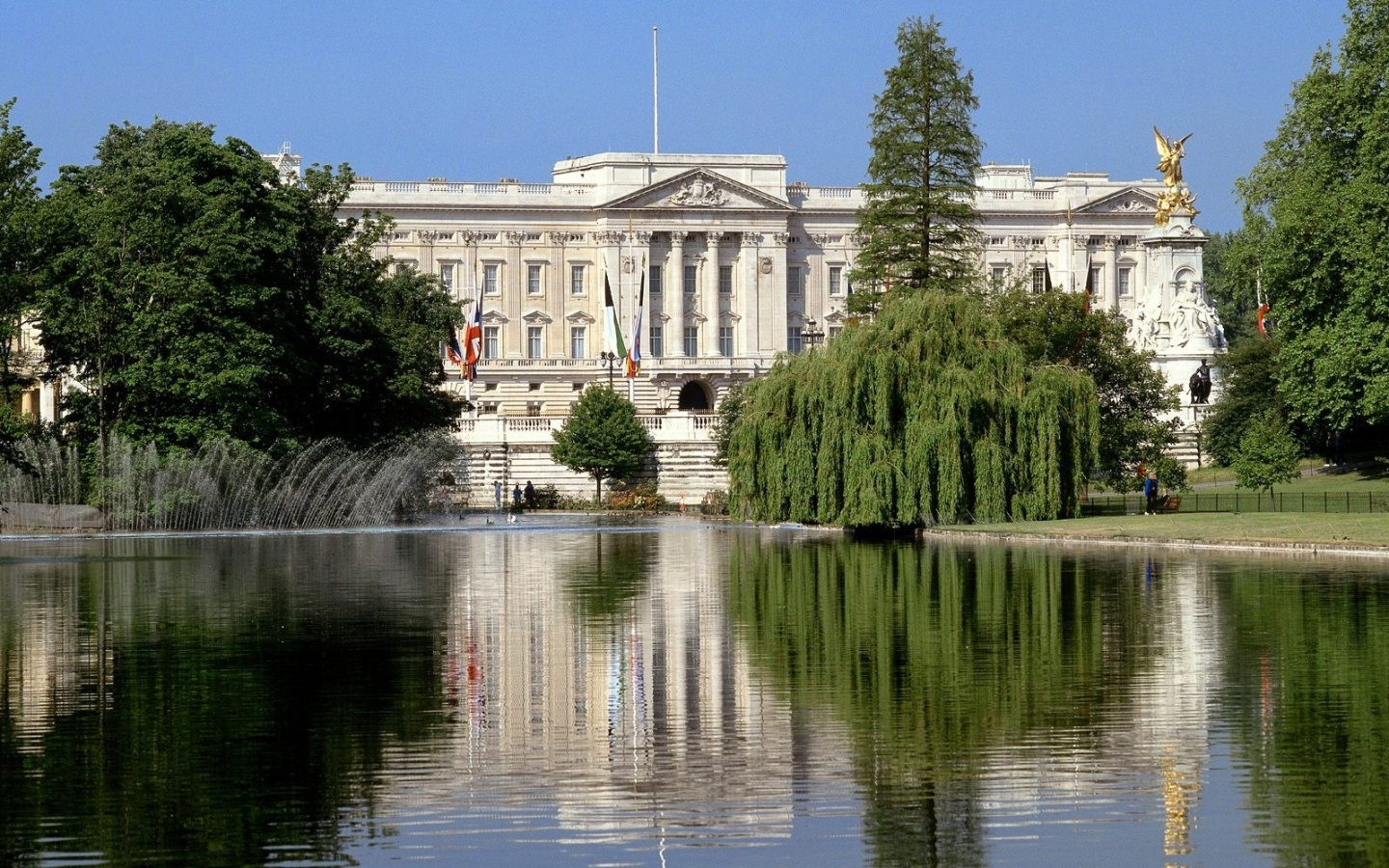 Buckingham Palace is one of the pearls of the England’s heritage, many other London’s sights simply pale beside its magnificence. Today it is an official residence of the Royal family of England.
Buckingham Palace is one of the pearls of the England’s heritage, many other London’s sights simply pale beside its magnificence. Today it is an official residence of the Royal family of England.
The history of Buckingham Palace dates many centuries back. It was initially built in the beginning of the eighteenth century for the Duke of Buckingham and was deemed to be one of the most splendid palaces all over London. In 1762 it received the title “Queen’s House” right after its purchase by King George III for his spouse – Queen Charlotte from the then owner – sir Charles Sheffield. more »
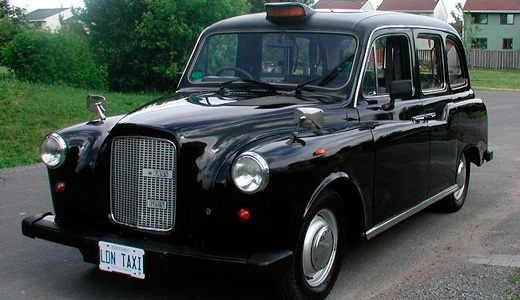 The world-known London taxi black cab has its own history, culture and traditions. Black cab is one of the symbols of London in addition to red double-deck buses, telephone booths and Big Ben. The history of the English taxi started in 1639 when coachmen united to create their own licensed Corporation. Initially they used four-wheeled carriages, but already in the 1850s there appeared more manoeuvring open two-wheeled carts on the streets of London – they were called cabriolets (here is where the word “cab” originates from). more »
The world-known London taxi black cab has its own history, culture and traditions. Black cab is one of the symbols of London in addition to red double-deck buses, telephone booths and Big Ben. The history of the English taxi started in 1639 when coachmen united to create their own licensed Corporation. Initially they used four-wheeled carriages, but already in the 1850s there appeared more manoeuvring open two-wheeled carts on the streets of London – they were called cabriolets (here is where the word “cab” originates from). more »
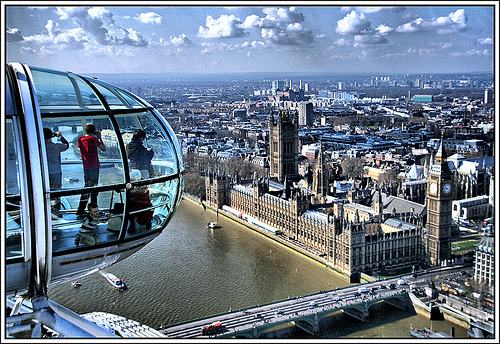 Londoners marked the beginning of the new millennium by the construction of the largest European Ferris wheel on the Thames embankment. The new tourist attraction of London was called “the London Eye”. The structure is 135 meters high which is equal to the height of a 45-storey skyscraper. The creators of this magnificent project are architects Julia Barfield and David Marks. The London Eye sooner resembles a wheel of a giant bicycle but its name is probably explained by the fact that the citizens of the English capital and guests of the city can observe London panoramas from the bird’s eye view. Hardly had it been built when it already became one of the main places of interest in London. Today it has even more visitors than the Taj Mahal and the Pyramids of Egypt do. more »
Londoners marked the beginning of the new millennium by the construction of the largest European Ferris wheel on the Thames embankment. The new tourist attraction of London was called “the London Eye”. The structure is 135 meters high which is equal to the height of a 45-storey skyscraper. The creators of this magnificent project are architects Julia Barfield and David Marks. The London Eye sooner resembles a wheel of a giant bicycle but its name is probably explained by the fact that the citizens of the English capital and guests of the city can observe London panoramas from the bird’s eye view. Hardly had it been built when it already became one of the main places of interest in London. Today it has even more visitors than the Taj Mahal and the Pyramids of Egypt do. more »
 Every year, thousands of young people come to Great Britain to learn English. They come from a range of backgrounds, and have varying expectations of what their stay in the country will be like. Two things they all have right to expect, however, are that their stay in Great Britain will be reasonably enjoyable, and that they will return to their countries speaking English a lot better than when they left them. How can a language school ensure that these expectations are not disappointed? more »
Every year, thousands of young people come to Great Britain to learn English. They come from a range of backgrounds, and have varying expectations of what their stay in the country will be like. Two things they all have right to expect, however, are that their stay in Great Britain will be reasonably enjoyable, and that they will return to their countries speaking English a lot better than when they left them. How can a language school ensure that these expectations are not disappointed? more »
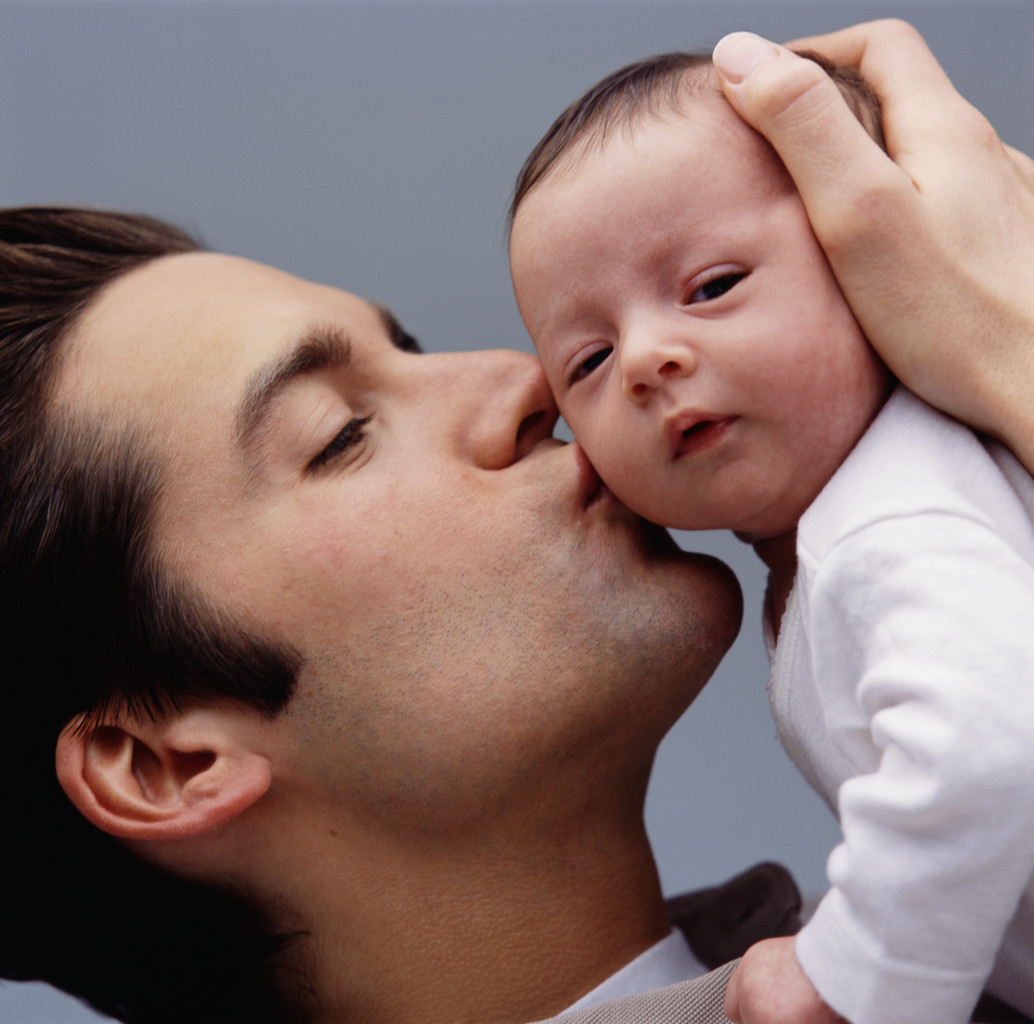 The new decade has been ushered in with assurances that women will achieve a new prominence in the Nineties. They will, the media assure us, the major earners in the family, and they will be ‘older’, like everyone else in this rapidly ageing democracy. Superwoman, whose existence depended on there being a male provider in the background, may suddenly find herself the sole earn in the family. So how could things even out a bit? Surely one doesn’t have to look far. No woman, it can safely be said, would enjoy – or would ever have enjoyed – the doubtful pleasures of domesticity without the compensation of bearing and rearing children. To watch someone else go through the experience of pregnancy and childbirth is very different from undergoing it oneself – almost as great as the difference between being an actor with a leading part and an understudy who never gets a chance to shine. more »
The new decade has been ushered in with assurances that women will achieve a new prominence in the Nineties. They will, the media assure us, the major earners in the family, and they will be ‘older’, like everyone else in this rapidly ageing democracy. Superwoman, whose existence depended on there being a male provider in the background, may suddenly find herself the sole earn in the family. So how could things even out a bit? Surely one doesn’t have to look far. No woman, it can safely be said, would enjoy – or would ever have enjoyed – the doubtful pleasures of domesticity without the compensation of bearing and rearing children. To watch someone else go through the experience of pregnancy and childbirth is very different from undergoing it oneself – almost as great as the difference between being an actor with a leading part and an understudy who never gets a chance to shine. more »
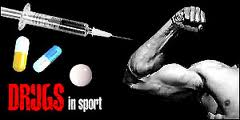 Many kinds of drugs are used by athletes competing in sports all over the world. Some are used to build muscles or give the athlete extra energy. Others kill the pain of inquires or calm nerves, but many are illegal. Taking substances to improve sports performance is not new. Athletes in ancient Egypt drank a mixture of boiled donkey hoof, rose petals and rose-hips, believing it would make them winners. more »
Many kinds of drugs are used by athletes competing in sports all over the world. Some are used to build muscles or give the athlete extra energy. Others kill the pain of inquires or calm nerves, but many are illegal. Taking substances to improve sports performance is not new. Athletes in ancient Egypt drank a mixture of boiled donkey hoof, rose petals and rose-hips, believing it would make them winners. more »
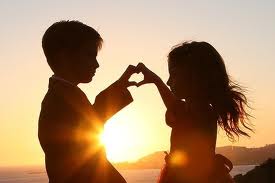 Children at work is very important part of laws which is necessary to tighten. Last week in the National Paper reported that some children in the south of England earn any more than 30 pounds a week delivering newspaper. There was a terrible fuss. Some people were worried that the children were doing too much work others felt that people were getting greedy at too earlier age. more »
Children at work is very important part of laws which is necessary to tighten. Last week in the National Paper reported that some children in the south of England earn any more than 30 pounds a week delivering newspaper. There was a terrible fuss. Some people were worried that the children were doing too much work others felt that people were getting greedy at too earlier age. more »
